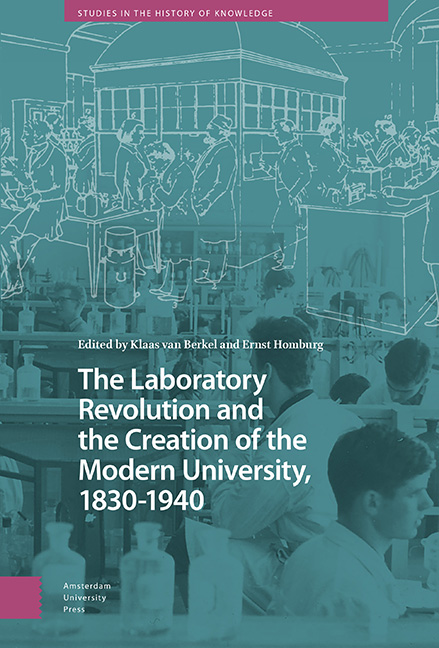12 - Serialized Laboratories : Laboratory Journals and the Making of Modern Science and Scientific Publishing, 1840s–1950s
Published online by Cambridge University Press: 29 November 2023
Summary
Abstract
From the 1860s to the mid-twentieth century, many academic and private research laboratories issued their own serial publications. These ‘house journals’ seem to have proliferated especially in the European periphery. On the basis of a few (mainly Dutch) examples, this chapter explores the emergence and contents of house journals, their purposes and functions, and their place in the evolution of the scientific periodical press. It aims to shed light on the historical importance and meaning of the genre of laboratory journals, particularly in relation to transformations in the nature of the university, scientific authority and scientific authorship, knowledge communities, and the media landscape of science.
Keywords: laboratory journals, scientific publishing, serialized print, scientific communities, scientific modernity
Introduction
In 2018 the 200th birth anniversary of the illustrious Dutch physiologist and ophthalmologist Frans Donders (1818–1889) was celebrated at several institutes in the Netherlands. In a commemorative essay published for the occasion, Donders is presented as ‘the epitome of the values of modern physiology’. Highlighted are his achievements as laboratory scientist, laboratory leader, author of hundreds of research reports, and co-founder of various journals. In 1891, writing at the height of science’s transition to modernity, Barend Stokvis made a similar assessment. In his obituary of Donders, issued by the Royal Academy of Arts and Sciences, he went to great lengths to praise the publishing strategies of his former tutor. Although the physiologist had read close to a hundred communications at meetings of the Royal Academy, only six of his papers appeared in the Academy’s proceedings. His preference for non-society journals (including foreign ones) had, according to Stokvis, not only enhanced his own prestige but also the scientific reputation of his laboratory and his country. One such journal was the Onderzoekingen, gedaan in het Physiologisch Laboratorium der Utrechtsche Hoogeschool, launched in 1848 by Donders himself. Stokvis emphasized the value of this periodical, while at the same time wondering if series of collected papers of laboratories could be considered ‘real journals’.
By the end of the nineteenth century, institutional laboratories had become essential components of all the major scientific disciplines. Many academic and private research laboratories issued their own serial publications, which were often nearly as old as the institutes themselves.
- Type
- Chapter
- Information
- Publisher: Amsterdam University PressPrint publication year: 2023

